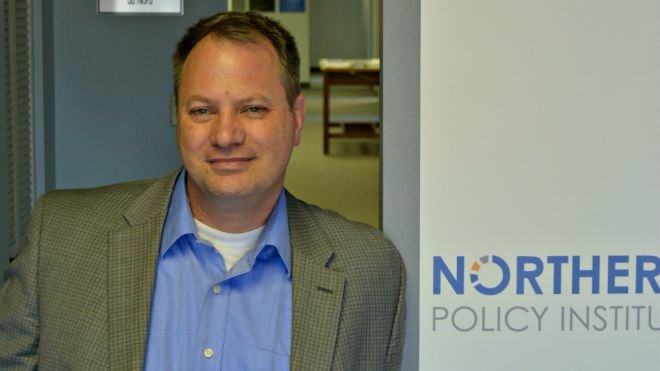Once again, the calls for amalgamating the Catholic and secular school boards in Ontario are starting to be heard. The arguments are familiar. Economies of scale at the administrative level. Reduction in duplication of core services (busing, payroll, purchasing). Eliminating wasteful duplication of facilities (gyms, cafeterias, libraries) and, as enrolments keep falling, getting rid of increasingly underutilized classroom space.
In addition, we are regularly reminded of the 1999 finding by the United Nations Human Rights Committee that publicly funding separate Catholic Boards in Ontario, while denying full funding to other religious schools, is discriminatory. Of course, that has moved neither Liberal nor Conservative governments to change much of anything at all.
The counterarguments to change are also familiar. The constitutional guarantee of independent funding for Catholic boards. The higher than average performance of the Catholic system versus the broader secular system on many educational outcome measures. The preference of parents for the stronger discipline and values focus delivered by Catholic schools.
There is an ugly side to the debate, too. Is the push against separate boards more about anti-religious feeling than about educational efficiency and effectiveness? Is the opposition to change more about protecting those high-paying administrative jobs than about protecting the constitutional rights and educational needs of the students? For that matter, is public union support driven by the dues all those new members will pay?
It is easy to get lost in the battle between entrenched interests. But, before we do, let’s consider some facts.
The population of Edmonton is about 900,000. The population of Northern Ontario is around 800,000. Northern Ontario has about 20 school boards. Edmonton has three. That said, Edmonton covers 684 square kilometres, Northern Ontario 844,000 square kilometres. Maybe we need those extra boards to administer our farflung system?
Fine. The province of Ontario, population 14 million, one million square kilometres, has close to 100 independent school boards. The country of New Zealand, population pushing five million, has 268,000 square kilometres of real estate and no school boards. That’s right, none.
Curriculum in New Zealand is designed by the national government. Teachers are certified by an independent body. Schools are run by the local community. New Zealand did away with the “middlemen,” and it works. New Zealand student achievement is very strong. Gaps between students (by gender, by race, by affluence) are narrower than you find in most other developed countries. Parental satisfaction is higher.
That said, New Zealand is not the end of the argument. The OECD has spent the last decade delving into data from their Program of International Student Assessments (PISA) in search of clues about student success. They have found several interesting things, including that the ability, even inside a single payer public system, to choose between programs of study has a measurable impact on student success.
With that knowledge in hand, Ontario can learn from a Canadian success story. A publicly funded, union staffed, locally run, fully inclusive, Canadian success story.
Edmonton Public Schools has Christian schools, Arabic schools, Hebrew schools, performing arts, elite sports, even a military academy. All under one administrative structure, supported by one shared services system, delivering the same (provincially approved) mandatory core curriculum, and in many cases sharing physical buildings, programs, and facilities. They also share online courses, too, an important point for small communities in Northern Ontario.
Edmonton’s system maximizes unused classroom space by running one, two, sometimes three schools in the same building. They make their programs and facilities available to home schoolers and private schools as well. Everybody wins. Catholics in Edmonton keep their public funding, but everyone else gets the same access, too. And it is inclusive. If they wish, Catholics can attend Muslim Academies, Hebrews can attend Catholic schools.
The Edmonton model takes the available educational and system evidence and puts it to work on the ground. This model of local school control is also, as New Zealand has proven, scalable.
How many school boards does one province need? How about none?
Charles Cirtwill is the president and CEO of the Northern Policy Institute
